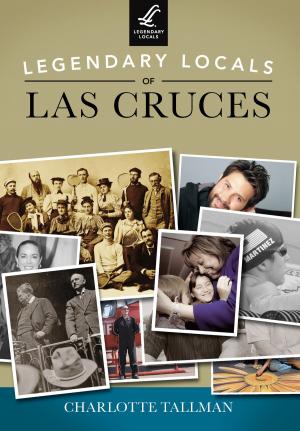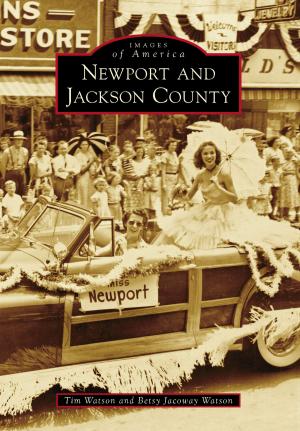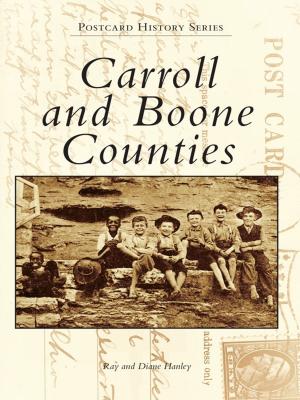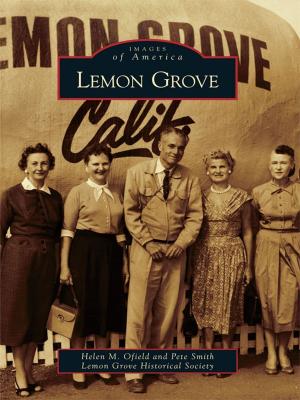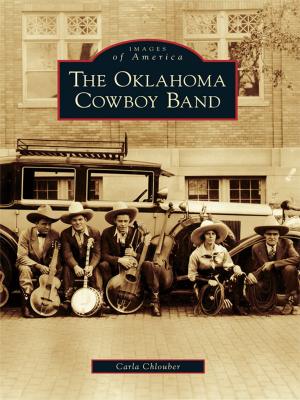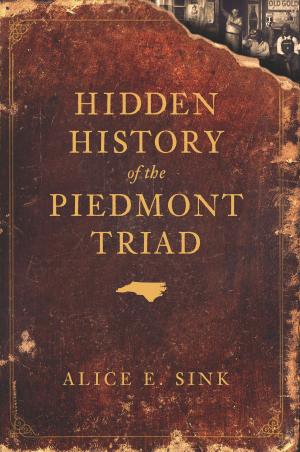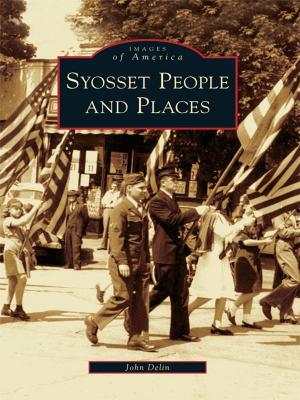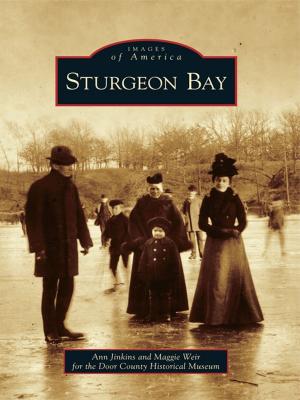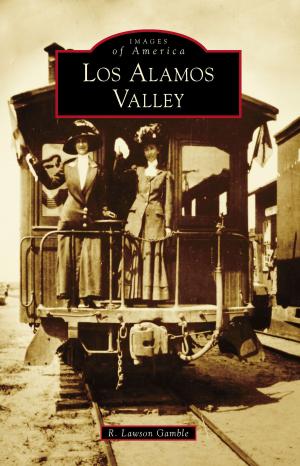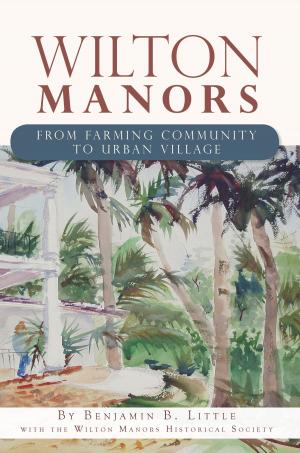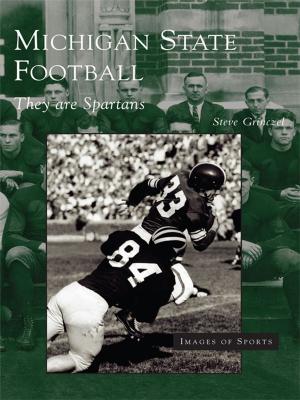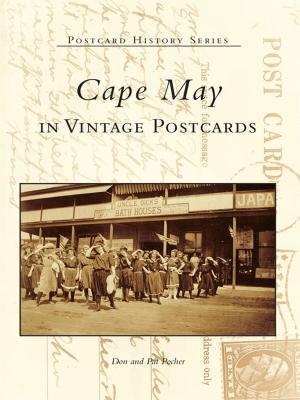| Author: | The Ontario City Library | ISBN: | 9781439648629 |
| Publisher: | Arcadia Publishing Inc. | Publication: | December 1, 2014 |
| Imprint: | Arcadia Publishing | Language: | English |
| Author: | The Ontario City Library |
| ISBN: | 9781439648629 |
| Publisher: | Arcadia Publishing Inc. |
| Publication: | December 1, 2014 |
| Imprint: | Arcadia Publishing |
| Language: | English |
George and William Chaffey, immigrants from Canada, founded a model colony in Southern California in 1882. They named their settlement Ontario, from an Iroquois term meaning beautiful water, not only to pay homage to their home province but to also draw other Canadians to their colony. Utilizing forward-thinking irrigation practices, the brothers laid out plots of land ready for colonists who wanted to farm or raise citrus groves. After just four years, the brothers left for Australia to develop more settlements and passed their model colony on to Charles Frankish and his partners of the Ontario Land and Improvement Company. From its earliest days, the colony became known for its citrus groves, Armstrong roses, Graber olives, Guasti grapes, and the Hotpoint iron. This book, which includes nearly 200 images, focuses on the colony�s early development.
George and William Chaffey, immigrants from Canada, founded a model colony in Southern California in 1882. They named their settlement Ontario, from an Iroquois term meaning beautiful water, not only to pay homage to their home province but to also draw other Canadians to their colony. Utilizing forward-thinking irrigation practices, the brothers laid out plots of land ready for colonists who wanted to farm or raise citrus groves. After just four years, the brothers left for Australia to develop more settlements and passed their model colony on to Charles Frankish and his partners of the Ontario Land and Improvement Company. From its earliest days, the colony became known for its citrus groves, Armstrong roses, Graber olives, Guasti grapes, and the Hotpoint iron. This book, which includes nearly 200 images, focuses on the colony�s early development.

